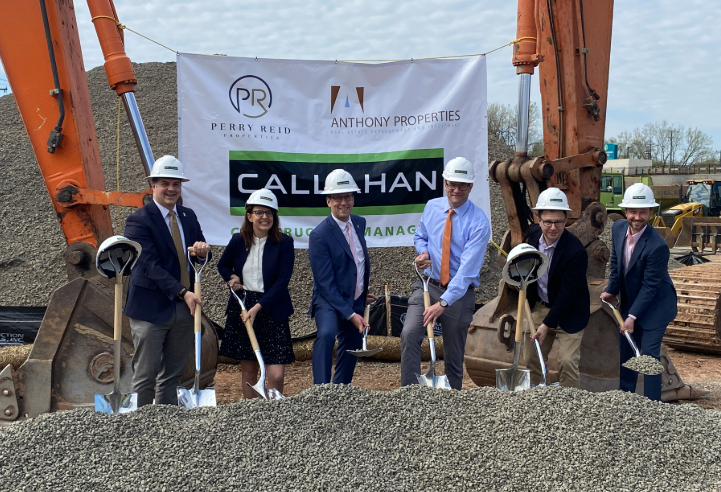News: Connecticut
Posted: August 18, 2009
Green construction: What is it, why is it important, and how can it be managed most effectively?
Green construction - what is it, why is it important, and how can it be managed most effectively? Following is a brief overview with suggestions for addressing the uncertainties involved in green construction.
What is Green Construction?
There is no set definition for green construction. Generally, it refers to building that increases efficiency with electricity, water and building materials and decreases adverse effects on human health and the environment. It includes siting, management, design and materials.
How "green-ness" is measured is an open question. The two main agencies monitoring green construction are the U.S. Green Building Council's (USGBC) Leadership in Energy and Environmental Design (LEED) program, and the Green Building Initiative's Green Globes program. Both apply to new construction and renovations, both stress renewable/sustainable materials and reduced energy use.
Why is Green Construction Important?
Among the reasons for the popularity of green construction is that it is now politically correct to be sensitive to the environment. Owners believe they can more easily attract tenants and charge higher rents if a commercial or residential building is green. It is a "feel good" thing to live or work in a green building.
Also, green buildings are mandated in many places, or soon will be. Many states, including Connecticut, require, or will require, that certain new buildings and renovations incorporate green elements. In some situations, there are tax incentives for green construction.
What Can Go Wrong - and A Few Suggestions
At this early stage of the development of green buildings, a lot can go wrong, some of it not unique to green building. Common problems include inexperienced architects and builders, disparities between green initiatives and existing building or zoning codes, conflicting state and federal requirements, difficulty in contracting and in measuring results - not to mention the expense.
Some suggestions:
1. Choose your design and construction team carefully. Make sure they are all experienced in green design and construction. See examples of their work; check references.
2. Determine your goals. Are you incorporating green elements into traditional design or building an all-green structure? Identify your goals and articulate them clearly to your team from the very start. Green standards continue to evolve - specify what standards, as of what date, apply to your project.
4. Incorporate your requirements into a comprehensive contract; do not rely on form contracts. If you can't specify such detail as building materials, describe what your goal is in the selection of building materials. If you are seeking LEED or other certification, make sure it is in the contract. Include the usual limits, such as time for completion, but also include provisions for what happens if your goals are not met. If legal requirements for the construction include meeting certain LEED standards, make that a condition in the contract, and include provisions for what happens if the project falls short. What happens if local code requirements prohibit green building practices you would like to incorporate? Be aware that not all practices suggested in the LEED program work in all locations. Be sure that your goals are achievable for your project.
5. Determine how your building will be judged; specify that in the contract. Obtaining official LEED certification is expensive; frequently the goal is stated as "LEED certifiable" rather than "LEED certified." Decide at the contract stage who will be the arbiter of the standards you set and whether there is any appeal from that decision. Few local building inspectors are knowledgeable about green construction; be sure your project will be evaluated by someone with appropriate experience.
6. Does your team have insurance that covers problems with green development? Many policies will not cover problems if the goal was a higher than normal standard for the industry or if results were guaranteed. Special green insurance coverage is becoming available; it may be wise to determine if it is available for your project.
7. Who is responsible for maintenance to sustain green certification? Who bears higher than usual operating costs if required?
8. And last of all - beware of "green-washing." Everything that says it is "green" may not be. Be sure you know what you are getting.
Conclusion
Litigation concerning green buildings can be expensive and time-consuming. Better to anticipate difficulties and provide for them at the outset than to be surprised when you lose your tax advantage or fail to receive your Certificate of Occupancy because your building failed to meet your "green" standards.
Diane Whitney is a partner at Pullman & Comley, LLC and chair of its Environmental Practice Group; Brion Kirsch is an associate in Pullman's Real Estate Department, Bridgeport, Conn.
Tags:
Connecticut
MORE FROM Connecticut
Highcap Group brokers $41.1 million sale of two building multifamily portfolio
Norwalk, CT Highcap Group has completed the sale of two luxury multifamily properties with a total of 120 units for a combined purchase price of $41.4 million.







.png)
